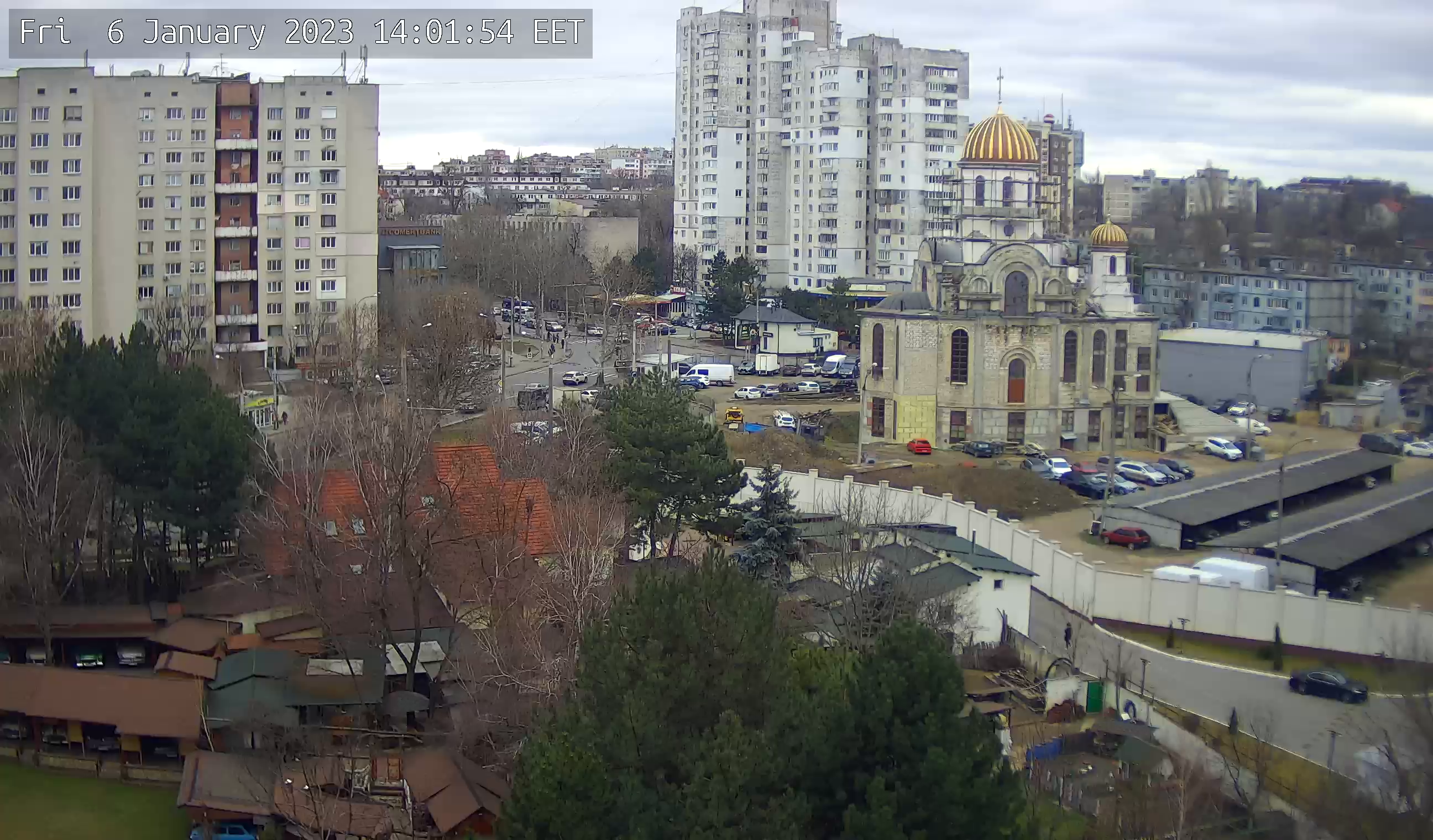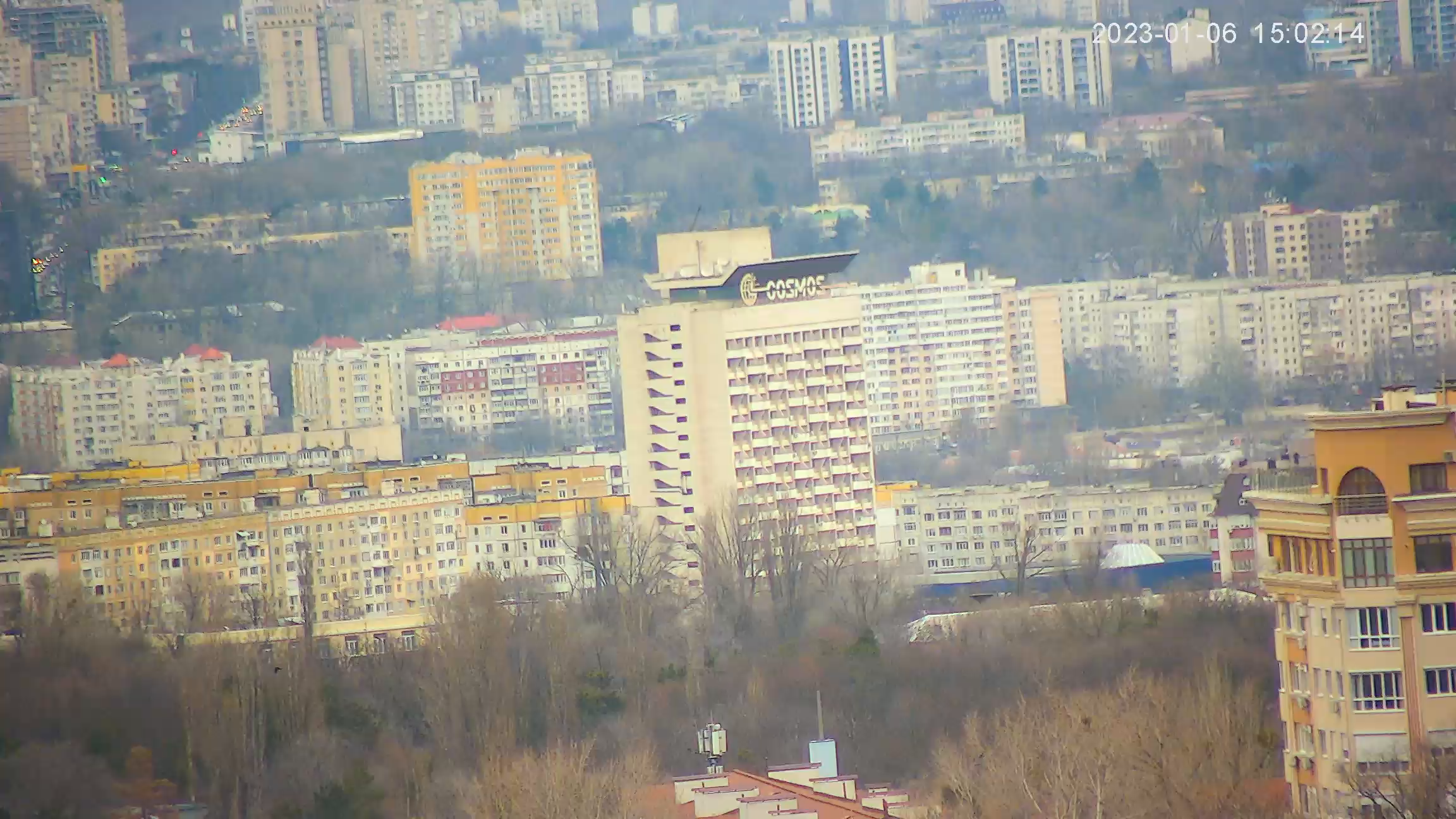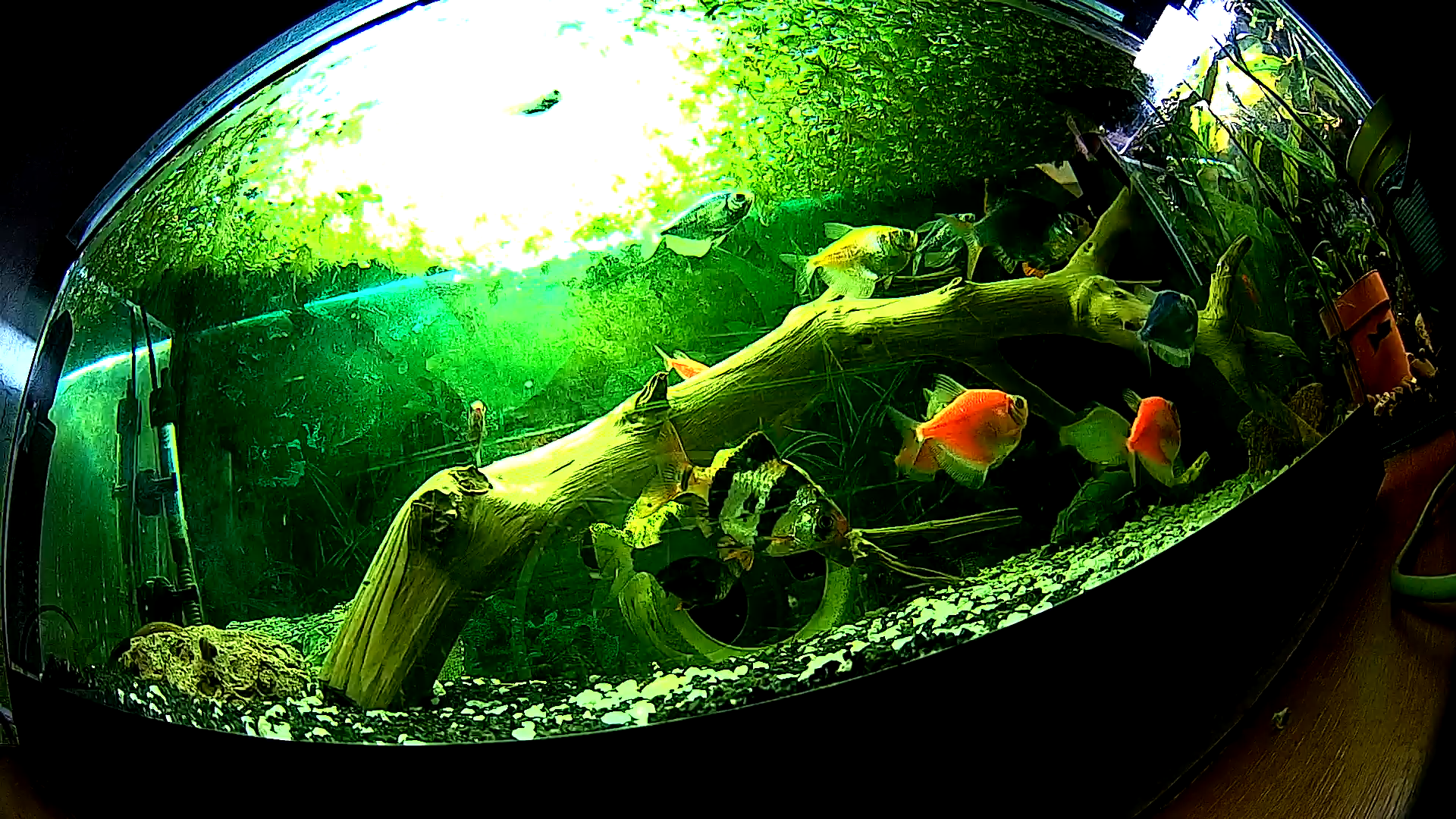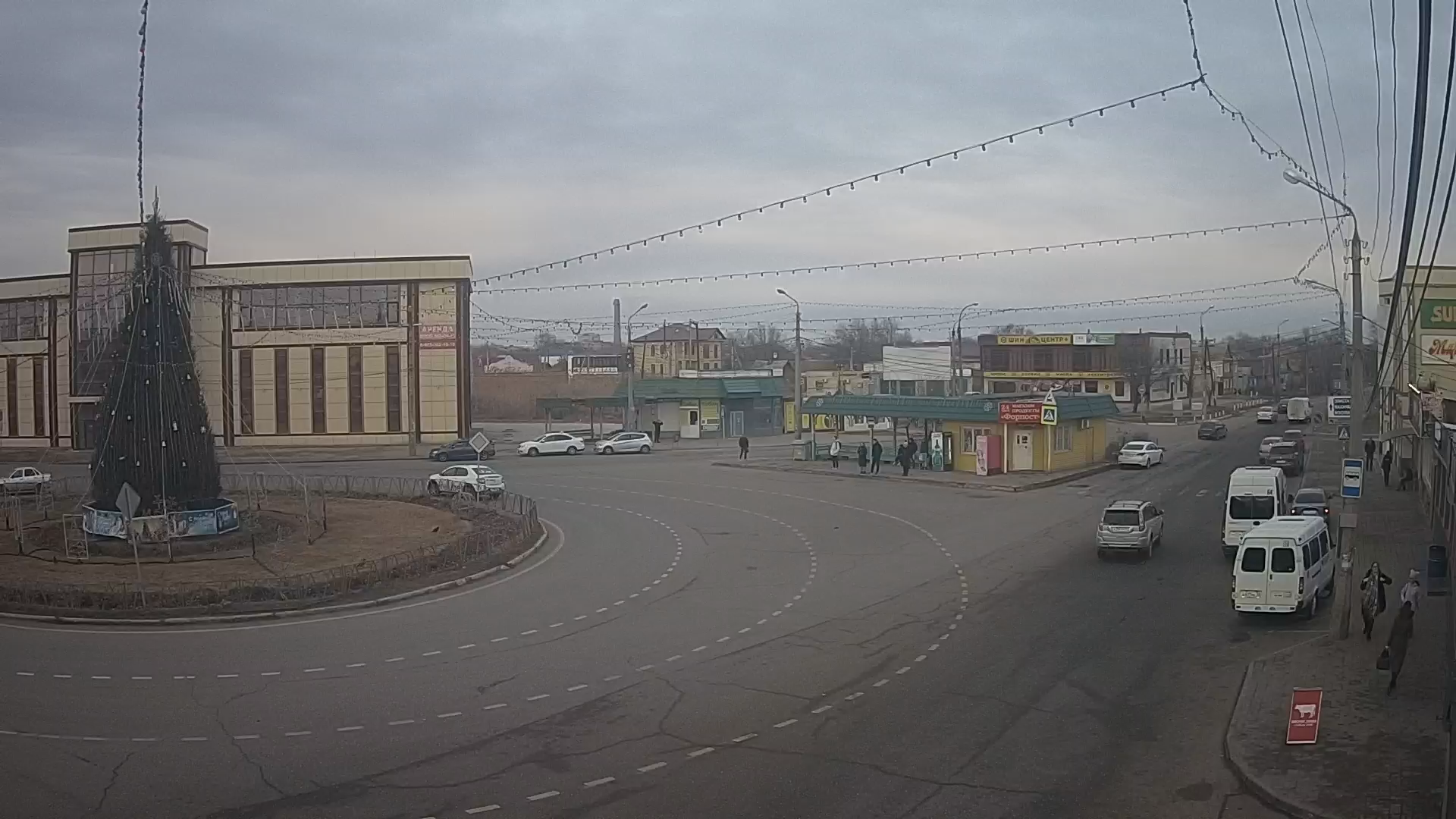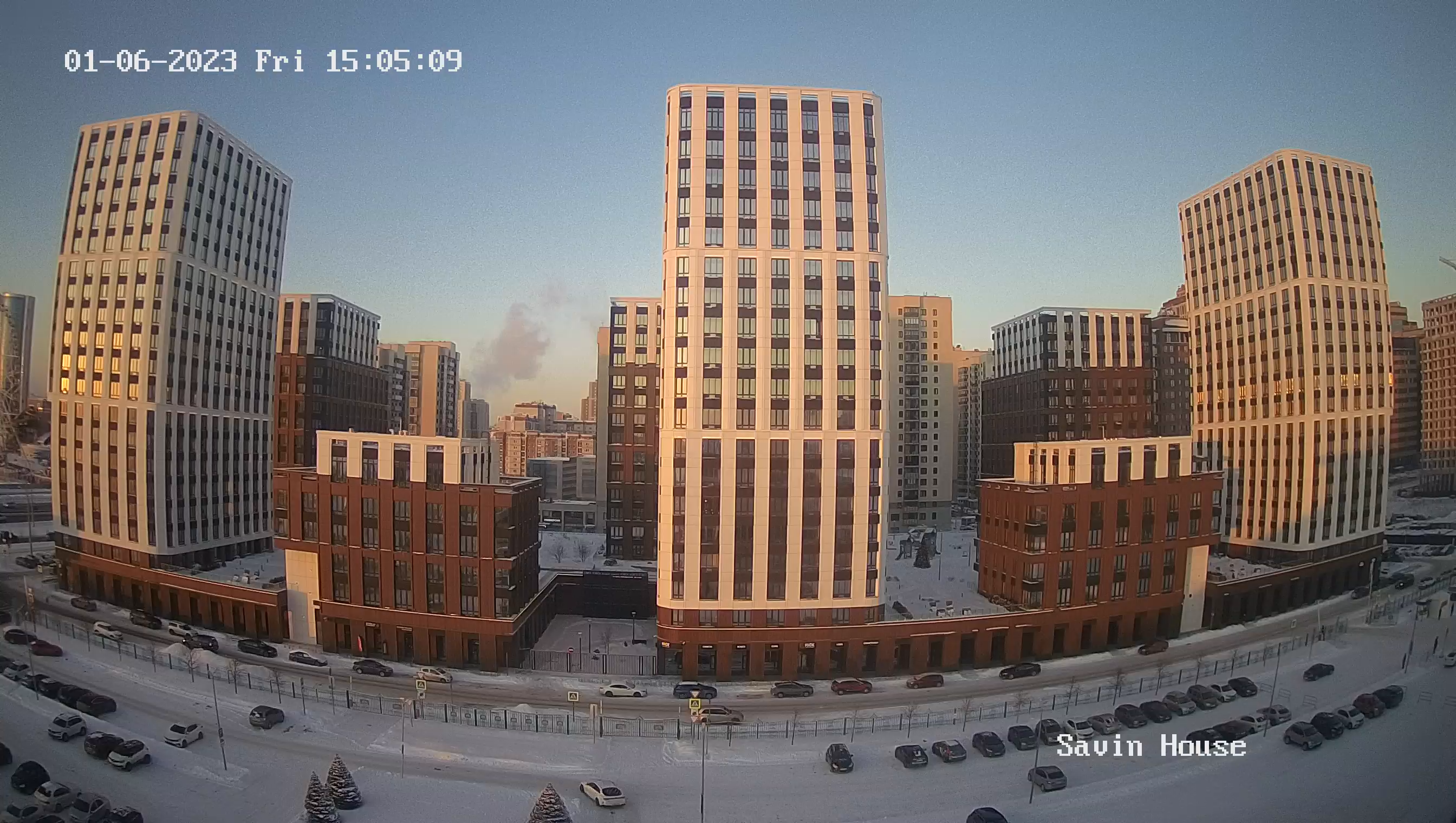Tynemouth Webcam. Longsands Beach
Tynemouth is a county town and historic district in Tyne and Wear, England, at the mouth of the River Tyne, 13 km east-northeast of Newcastle-upon-Tyne. Historically part of Northumberland. It is governed as part of the township of North Tyneside, but until 1974 was an independent borough that included North Shields. In 2001, its population was 17,056. The population of Tynemouth County in North Tyneside was 10,472 in the 2011 census.
The headland overlooking the mouth of the Tyne River has been inhabited since the Iron Age. The Romans may have occupied it as a signal station, although it is north of the boundary of Hadrian's Wall (the Roman fort and the Arbeia supply depot stand almost opposite it on the southern promontory. Tyne). In the 7th century a monastery was built at Tainmouth, which was later fortified. The cape was called Pen Ball Crag.
The place where the monastery of Teignmouth now stands was called Benebalcrag by the Saxons in ancient times. The monastery was plundered by the Danes in 800, rebuilt and destroyed again in 875, but by 1083 it was working again.
Three kings are reported to have been buried in the monastery: Oswin, King of Deira (651); Osred II, King of Northumbria (792); and for a time Malcolm III, King of Scotland (1093). Three crowns still adorn the coat of arms of North Tyneside.
Queens Edward I and Edward II remained at Castle and Priory while their husbands campaigned in Scotland. King Edward III considered it one of the strongest castles in the Northern Marches. After the Battle of Bannockburn in 1314, Edward II fled Tynemouth by ship.
The village had long been established as the refuge of a fortified monastery, and around 1325 the abbot built a port for fishing and trade. This led to a dispute between Teignmouth and the more powerful Newcastle over shipping rights on the Tyne that lasted for centuries.
Prince Rupert of Rhine landed at Teignmouth in August 1642 on his way to England during the Civil War.
Teignmouth was listed in the Sunday Times for 2018 as the best place to live in Northern England.

